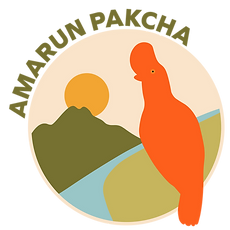Welcome to Amarun Pakcha
Home to the Kichwa of Wawa Sumaco, Ecuador
Nestled on the slopes of the Sumaco Volcano, our community invites you to a world where nature and culture are inseparably intertwined.
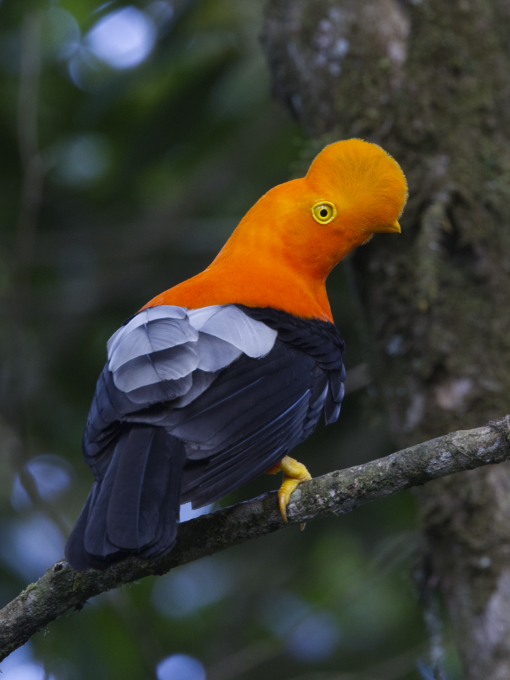
Nature
Our Community Reserve and surrounding forests are home to a myriad of wildlife including monkeys, tapir, jaguar, and over 300 species of birds.

Culture
Ancestral wisdom, reverence for the natural world, and a thriving tradition of community-led conservation breathe life into every aspect of our daily existence.
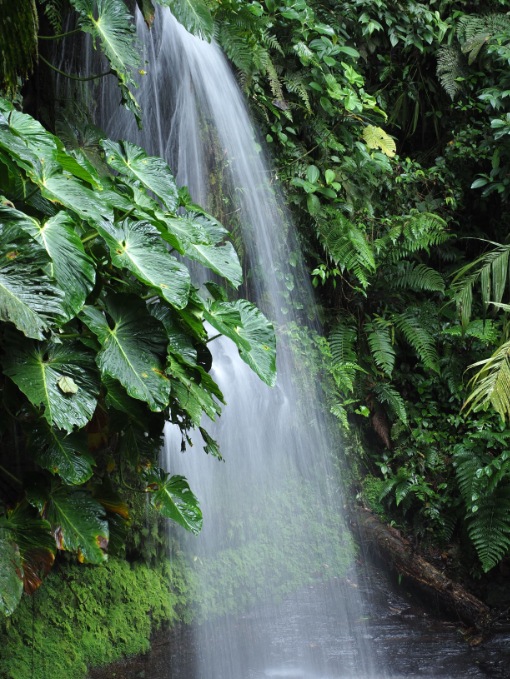
Adventure
We invite those eager to embrace new experiences to foster a deeper connection with self, our community, and the biodiverse forests we call home.
Birdwatching and Nature Tourism
We specialize in birdwatching and nature tours.
Our Andean Cock-of-the-Rock lek attracts dozens of raucous male birds most days. During mating season, it is especially active as the males compete aggressively for the attention of the female birds looking for a mate. With our local guides, it is also possible to spot many other highlight species of Ecuador’s East Slope. For a complete bird list, see our FAQ.
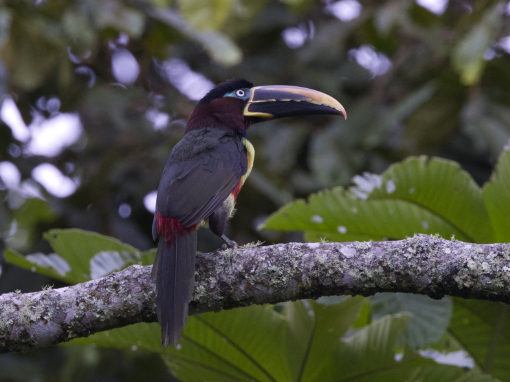

“Super service, great facilities… Do not miss it!”
Birders, this is definitely a place to add to your stops to discover the avian fauna of the equator. Super service, great facilities and the chance to observe Cock of the rock and the Amazonian Unbrellabird at remarkable close quarters. Do not miss it!
Read this testimonial on Google Maps.
Hummingbirds in our Gardens
Hummingbirds are regular visitors to both the feeders and a wide variety of flowering plants in our community. Photographers are especially pleased with the opportunity to capture these brilliant birds in their images.
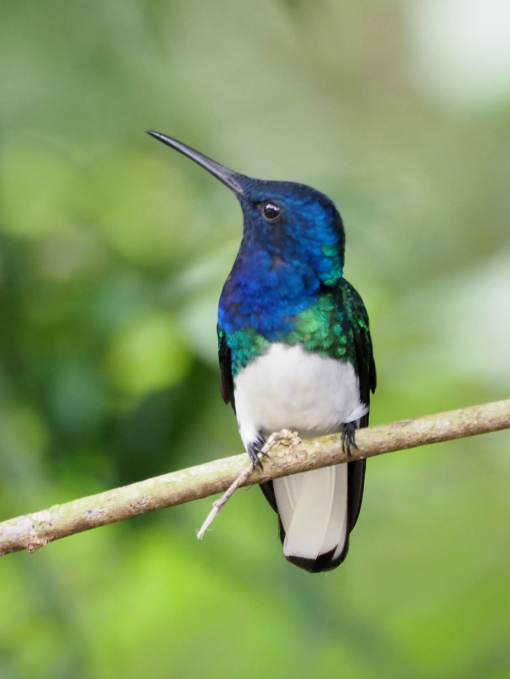
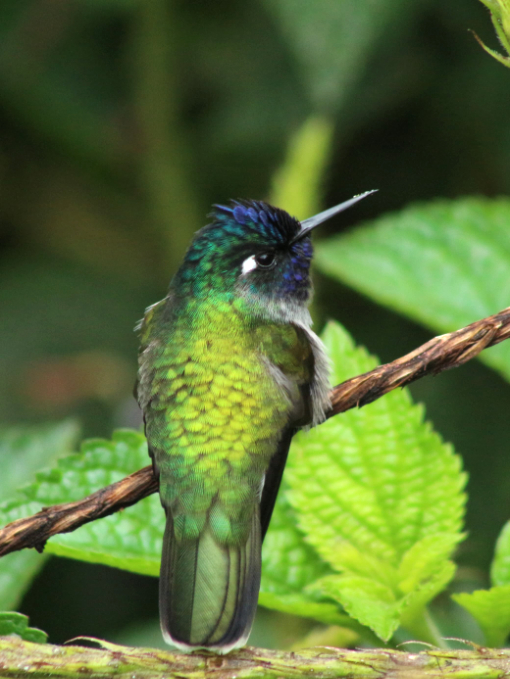

“I loved the view of Sumaco volcano from my room and deck.”
I spent 3 days at Amarun Pakcha near the end of April [2025] and had a fantastic time both birding and culturally. Visited the very active Cock-of-the-Rock lek and had close views of the Grey-necked Wood Rail from the nearby hide. Took a short walk to the waterfall where the dipper was feeding and also took the longer walks to the 2000 year old petroglyphs, taking the opportunity to do some birding en route (saw lots so well worth it). The petroglyphs are incredible, especially in the stunning forest and river surroundings. Also spent some time relaxing by the feeders and watching the hummingbirds darting back and forth.
My cabin was very comfortable and I loved the view of Sumaco volcano from my room and deck. The food was great and the staff could not be friendlier or more helpful so, all things considered, I would absolutely recommend this as a great place to stay.
Read this testimonial on Google Maps.
A Forest Full of Life
Our lands are home to many other animals. Some are easier to spot, like frogs, other amphibians, and reptiles. More elusive species like the Andean Spectacled Bear, the Amazonian Tapir, the Mountain Tapir, and several types of wild cats are occasionally spotted depending on the season and how quiet the hikers are on the trail. For those interested in six-legged creatures, insects abound, including several species of colorful butterlies.
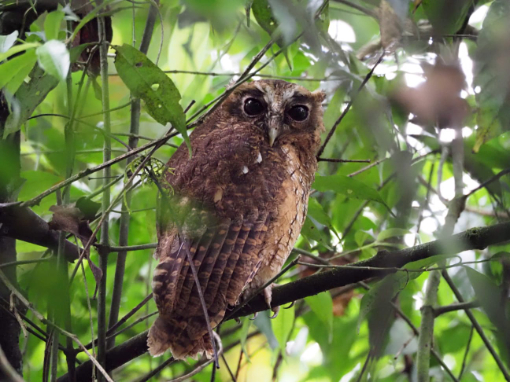
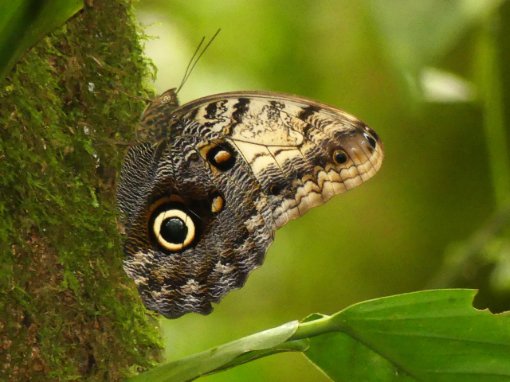


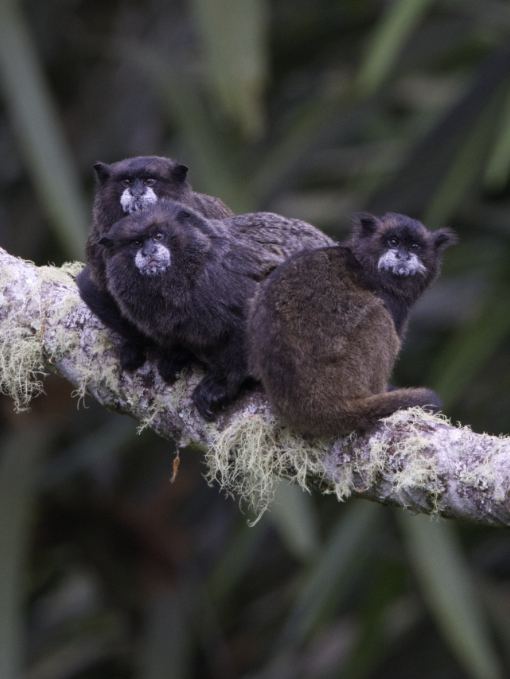
Hear the Wonder of Our Amarun Pakcha Rainforest
Step Back in Time
We are very privileged to have recently acquired land with access to ancient petroglyphs that come from a time before our peoples lived in this part of the Amazon. While currently under investigation, we offer guided tours to visit this very special place where the original stewards of these biodiverse forests left their mark.
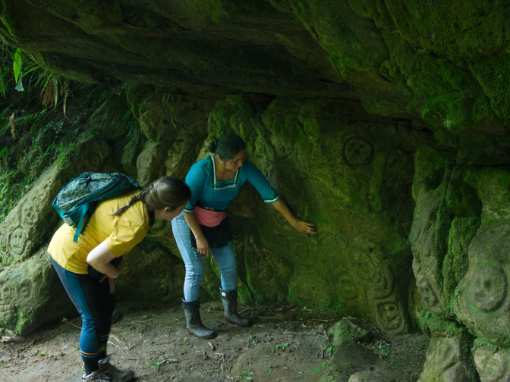
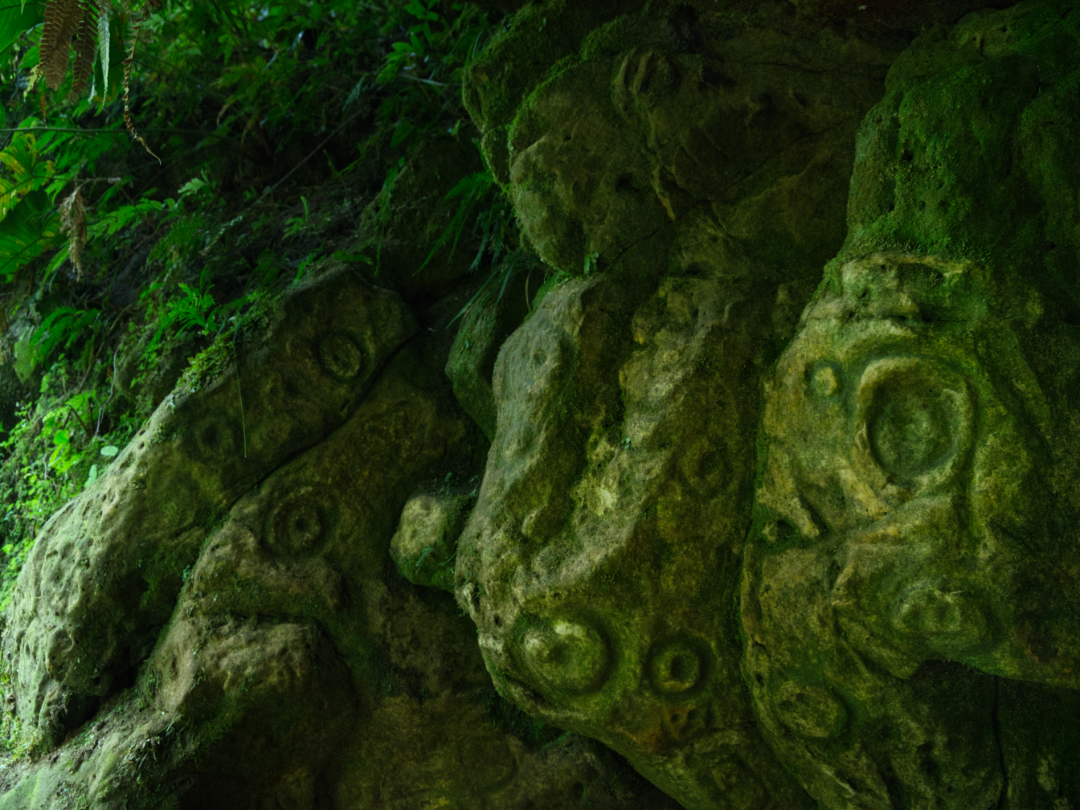
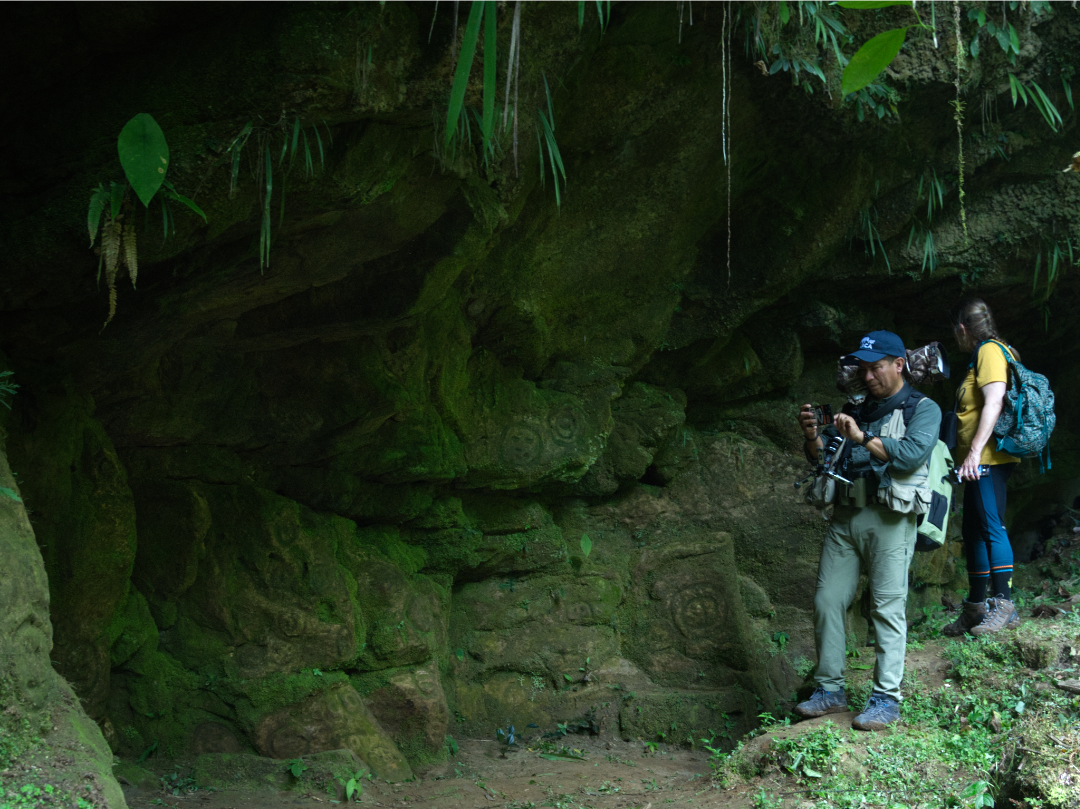
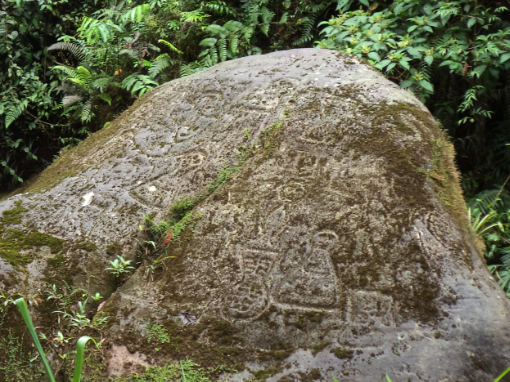

We came here to visit the absolutely worthy volcano Sumaco but ended up staying 13 days in this incredible Hostal/Ecolodge.
The service this hostal offers is good, but the major reason to come here is something else. This Ecolodge is run by a lovely Kichwa community, which tries to earn money to sustain their culture and heritage and which is eager to support social projects…
Last but not least this place is a great alternative to the really expensive ecolodges in Pacto Sumaco
Read more on TripAdvisor.
Immerse in Kichwa Culture
While our nature tours always include a local guide who speaks of our traditions, we offer several opportunities to immerse deeper in Kichwa culture. Our tourism cooperative coordinates with local women to offer courses in beading. Our Shaman also opens his doors to visitors wanting to learn more about Kichwa healing ceremonies and take part in a private or group session.

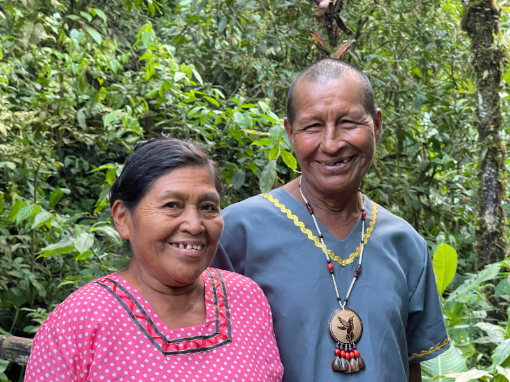
“Fabulous and community-built… Come see for yourself!“
The team at Amarun Pakcha has been working diligently to create a fantastic guest experience. We were served locally sourced and home-cooked meals and visited local iconic bird species like the eastern Andean Cock of the Rock and gray cowled wood rail. We were enraptured by cultural experiences with Shaman Marcos and the pre-Inca petroglyphs. Needless to say…our days were full!
I had a glimpse inside the newly built guest quarters. Fabulous and community-built.
Come see for yourself!
Read more on TripAdvisor.
A Sacred Waterfall Lies At The Heart of Our Community
The name Amarun Pakcha, which means Boa Waterfall, comes from a time when an ancient boa constrictor ruled this region, hiding the waterfall and the surrounding forests from mankind. Our founding story, a legend for modern times, tells how this creature turned to stone, allowing us to settle on its lands. Today, we protect the flora and fauna of this place as a sign of respect for the petrified stone boa that continues to sleep behind our waterfall.

